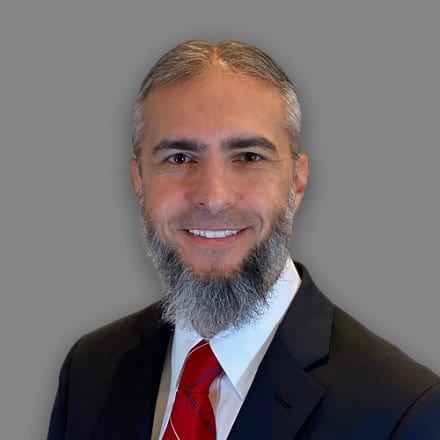Inside Angle
From 3M Health Information Systems
Adapting to regulation: 20 years of changes and challenges
Over the last 20 years, radiologists have been paid progressively less for reviewing the same imaging exam, while at the same time increasing reporting requirements. Radiology payment and documentation processes are fundamentally driven by the federal government’s Centers for Medicare & Medicaid Services (CMS).
One main factor used to calculate physician payment when they care for a Medicare or Medicaid patient is the work relative value unit (wRVU), which can range from a simple clinic visit, to an appendectomy, to a chest x-ray. These values are adopted by virtually all private commercial payers who contract to pay physicians a percentage rate either above or below Medicare and Medicaid payments. With each annual cycle, CMS increases some wRVU values and decreases other wRVU values, but the net effect decreases physician payments.
CMS has introduced numerous documentation requirements over the last two decades, which largely impact payments when they are incomplete or inaccurately documented. Beyond the radiology findings and interpretations, radiologists must document specific indications, guidelines and reference metrics to avoid reduction or denying of payments.
Radiologists must now divide their attention between interpreting an imaging exam and providing the documentation elements necessary for payment. Missing a single word could result in no payment for the radiologist’s effort, though the patient has been cared for in every medical respect.
Consider the following example: A computed tomography angiogram (CTA) scan of the chest is needed to search for a blood clot (pulmonary embolism) in the pulmonary artery that feeds the lungs. If an emergency department physician orders the exam with an indication of “chest pain” or “rule out PE,” the radiologist will not be paid after reading the study, since CMS does not consider these two indications appropriate, even though CMS considers “anterior chest pain” an appropriate indication for billing.
Similarly, a CTA report that does not contain the phrase “three-dimensional reconstruction” in the technique section of the radiology report is not paid. A computed tomography (CT) scan with injected contrast that does not state “IV contrast” is also not paid. An abdominal ultrasound that does not explicitly state eight anatomical structures receives a 30 percent reduced payment. Carotid ultrasounds that do not reference the manner of stenosis measurement impacts quality scoring directly reduces payments, too.
Radiologists see this as a never ending struggle because every year brings new requirements that must be incorporated into our daily reporting habits, and ultimately distracts us from caring for our patients. Fortunately, radiologists have access to increasing technology that makes the documentation process more efficient and helps ensure accuracy.
One example is speech recognition software. Speech recognition allows radiologists to verify the report elements immediately after dictating without waiting for transcription. Customized templating automatically creates required elements for IV contrast, 3D reconstruction or required itemized anatomy, so the radiologist can simply dictate the medical report.
With the latest CAPD software, radiologists don’t need to invest their time learning annual requirements and guidelines from CMS. At the time of dictation, radiologists receive quality nudges to ensure their report is not only compliant but accurate, too. These nudges help to remind the radiologist if the listed indications are payable, IV contrast is documented and anatomic structures are included in their respective studies and subsequently allows accurate reimbursement and payment to be collected. Other artificial intelligence (AI) software can comb through the patient’s medical chart to extract data relevant to the medical and payment process.
In my 22 years of practicing radiology, I have transitioned from films with transcriptionists to electronic images with speech recognition. These two decades have been challenging for radiologists who strive to care for patients with less payment and more work. While I realize the vast majority of quality measurements is reasonable, the real world impact is busy work that largely contributes to burnout.
As I prepare for the CMS changes year after year, I realize my ability to focus more on my work is directly related to the technology available to me. Being able to adopt technologies that not only improve efficiency but also help to address ever changing regulations has put me much more at ease with every report that I sign.
Dr. Arif Kidwai serves as president for St. Johns Radiology Associates (SJRA).


